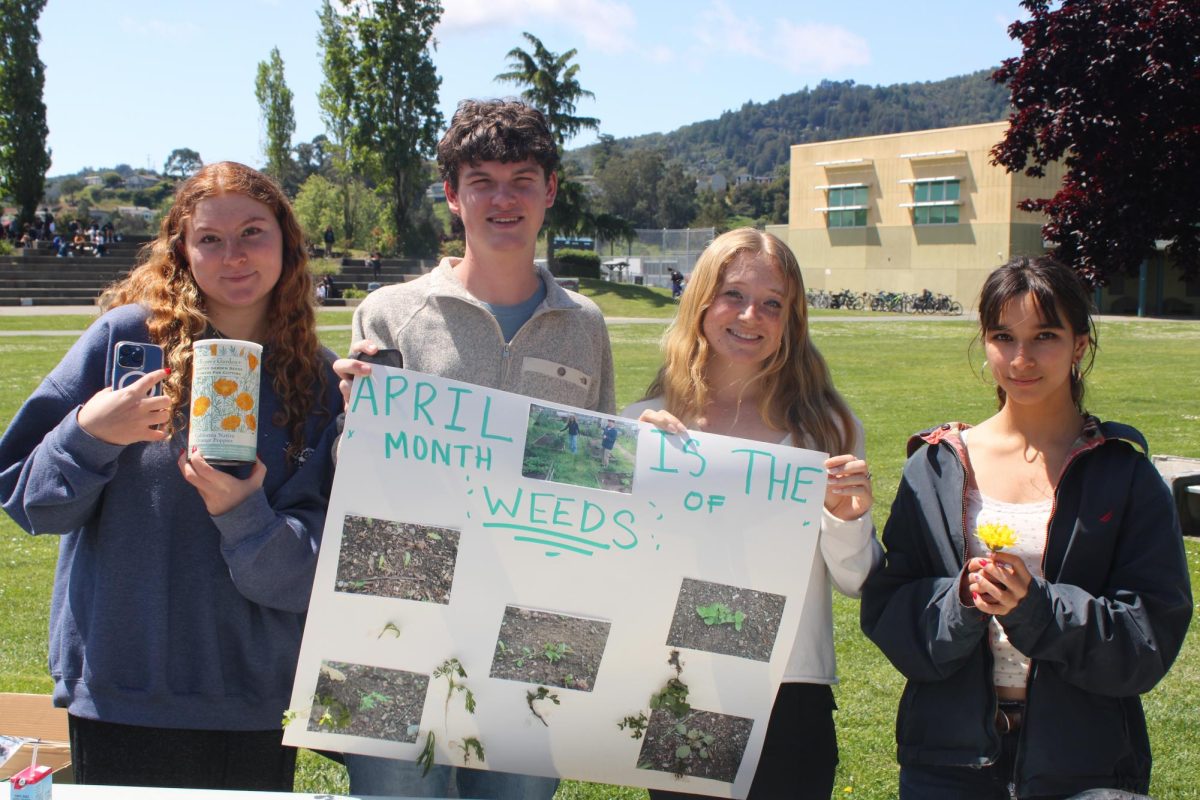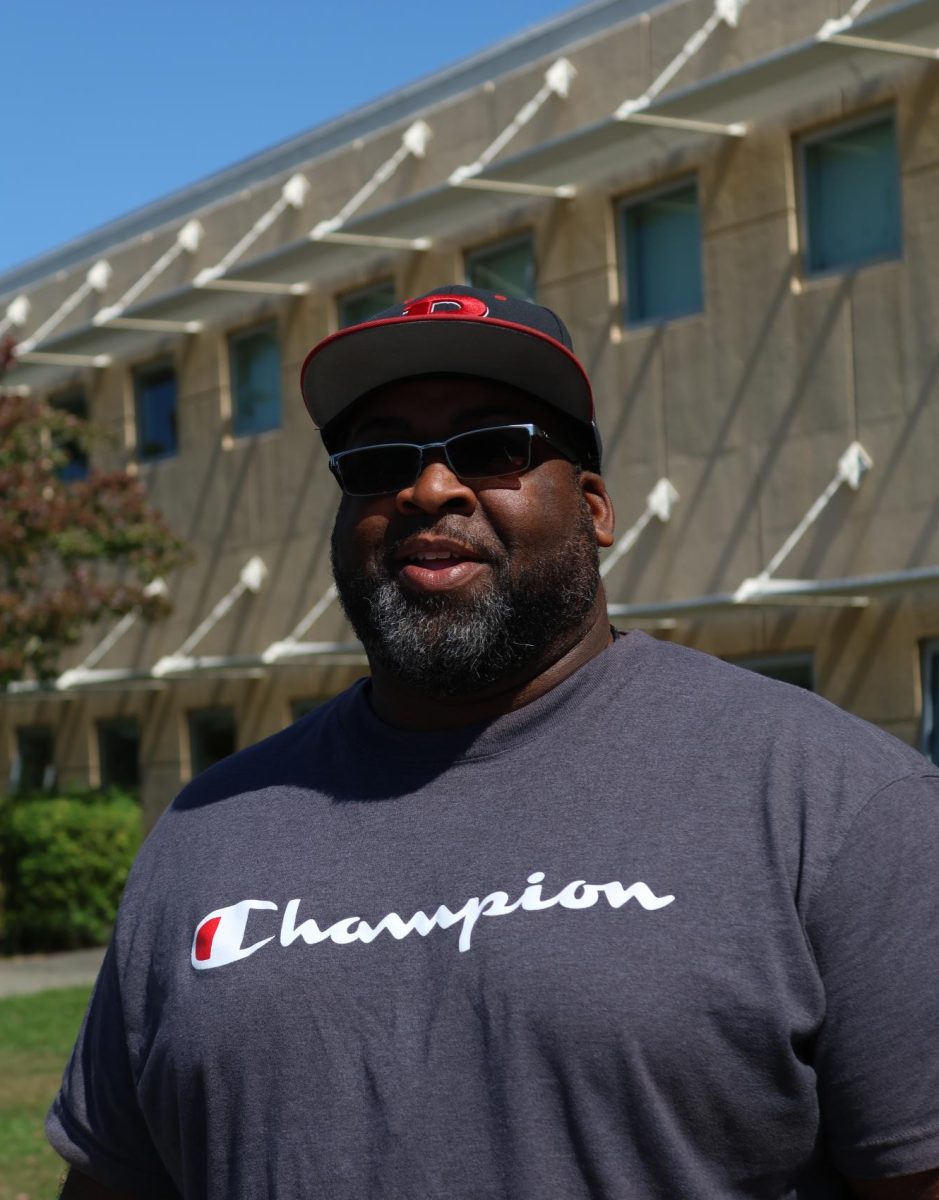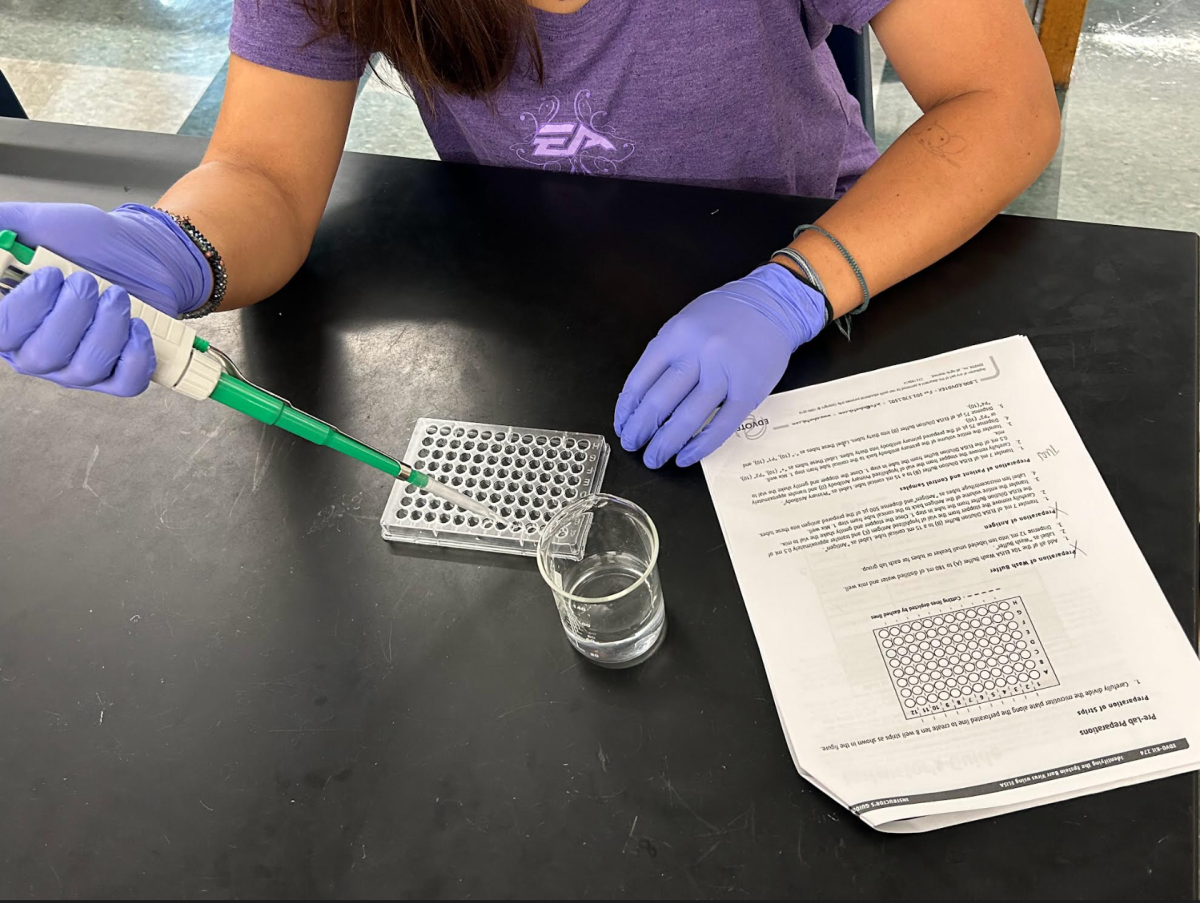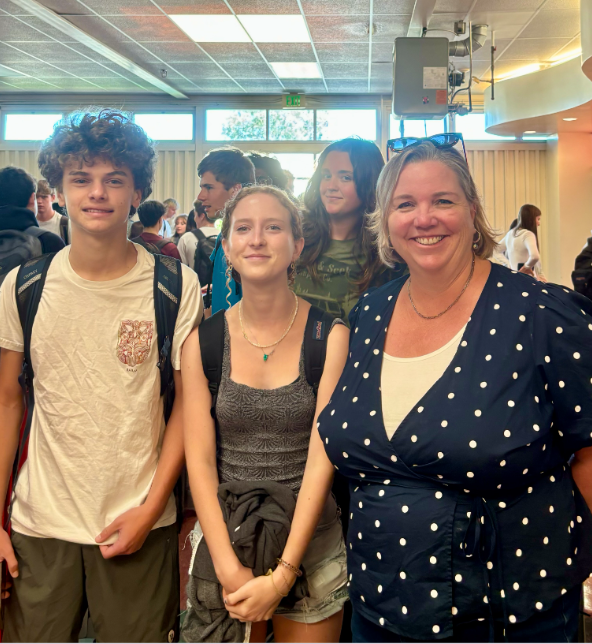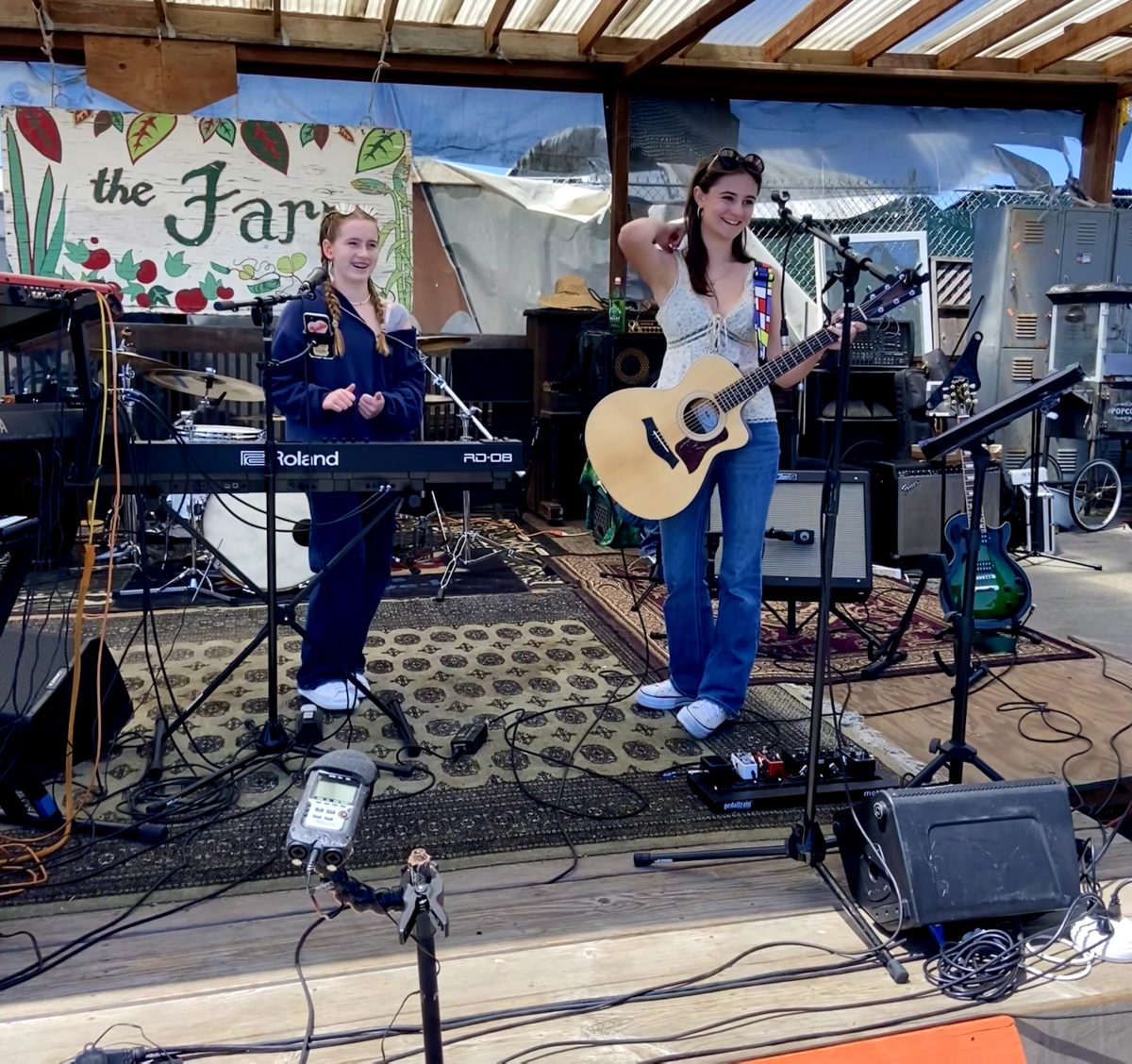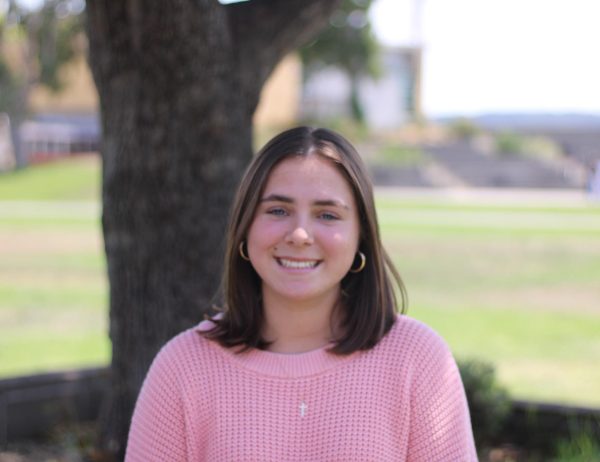Hidden behind the homes of Chapman Park, Corte Madera, an artifact from over a hundred years ago can be found: the Alto Tunnel. This secret tunnel is an underground passageway connecting Corte Madera and Mill Valley. Today, the tunnel is hidden behind a giant metal wall, inscribed with graffiti and seemingly forgotten. However, a local organization is looking to change that by putting the tunnel to use and transforming it into a multi-use greenway.
On Dec. 14, 2001, Debbie Hubsmith founded Friends of the Alto Tunnel (FOAT); since then, the group has been fighting for the tunnel’s transformation. The organization quickly grew, attracting more Marin locals, such as Lee Larsen, a dedicated volunteer.
“[The Alto Tunnel is] something beneficial we can give to our community, especially our grandchildren and great-grandchildren,” Larsen said.
The tunnel, spanning a half mile between Mill Valley and Corte Madera, is a relic from when railroads interlaced Marin as a critical method of transportation for people and timber. Across Marin, dozens of other rail lines have been converted into multi-access and free-use paths. Most notably, on either side of the tunnel, the two towns have converted the same rail line into the Corte Madera-Larkspur and the Mill Valley-Sausalito paths.
The Alto Tunnel now is the missing piece between the two and would finally complete the North-South Greenway, a project created to connect the whole of Marin from Novato to Sausalito via greenway and make a more extensive network of multi-use paths around the county.
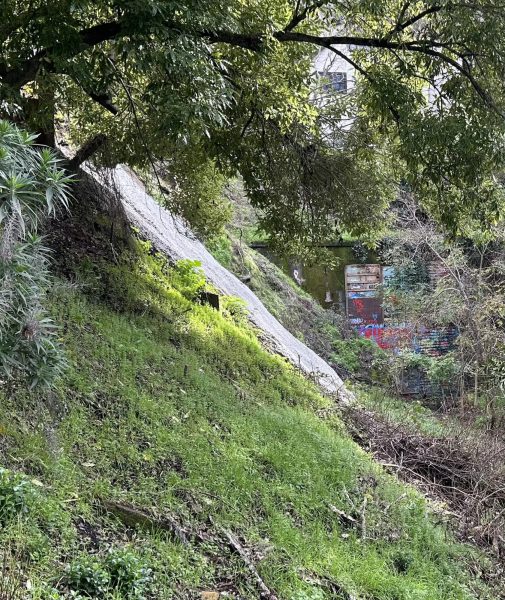
Sonoma-Marin Area Rail Transit (SMART) is helping to create the North-South Greenway alongside their railroad right-of-ways, but their tracks do not stretch down to Sausalito. Larsen feels that the Alto Tunnel would be the final piece of the puzzle, connecting Marin and
making a massive shift away from the car-centric community we have today. “Because SMART’s southernmost depot is Larkspur, we really need Larkspur to Sausalito to be completed [via the Alto Tunnel],” Larsen said.
However, as with many large-scale infrastructure projects, there is opposition. Some neighbors near the tunnel voiced their opinions.
“For some reason, some people are fearful of change. Every proposed multi-use path has had resistance, but once built, [for example] Corte Madera’s path, the paths become so popular, and people now along the [Corte Madera] path say it has improved [their] property values. So I think that’s the main thing that I would like to say is that although there is some initial resistance to this change, it’s just so worthwhile for our community,” Larsen said.
Another factor that has raised concerns among residents is the project’s cost. According to the Alto Tunnel Geotechnical Investigation and Cost Estimate, published in 2017, the estimated cost for reopening the tunnel was 46.8 million dollars. Although this sounds like a lot of money, Larsen feels it isn’t too expensive in the context of other Marin projects, and highly worth it due to the effect it will have on the community.
“I think the cost alarms people, but that’s because people just aren’t aware of the cost of [new] infrastructure. For example, San Rafael just upgraded traffic signals by installing pedestrian [lights] and added a bike path. That cost 20 million. So 47 million is a lot, but looking at what it could do for our community, help reduce our carbon emissions, increase the sociability of our community and get kids and families more out on bikes, it is so worthwhile, and it will increase our quality of life,” Larsen said.
In addition, most of this funding would come from federal and state grants. This means taxes would not rise, and the burden of funding would not fall on locals. FOAT member Don Herzog, who has been working towards the tunnel’s completion since 1990, believes the project’s cost is completely misunderstood and would help support the county instead of taking money away.
“There’s no cheaper way to reduce vehicle congestion in Marin County, and it’s bringing in $50 million [of federal money] back into the county. It would take 2,000 cars and 16,000 vehicle miles off of the road every day, [according to the Mill Valley to Corte Madera Bicycle and Pedestrian Corridor Study.]”
Rejuvenation of the tunnel will also provide safety for houses near the tunnel. Inside the tunnel, wooden supports from over 100 years ago are decaying, and safety concerns have arisen. There was even a partial collapse in 1981, damaging a residence and destroying underground utility pipes.
“The county study showed it’ll take $9 million to abandon the tunnel properly, and over time, as the timbers rot out and the tunnel collapses, some of [the collapses] will essentially [extend] to the surface, causing more damage to houses,” said Herzog.
The time is now to do something about the tunnel, whether it’s to abandon it properly or restore it so that it is accessible to the community. The longer we wait, the more frequent and dangerous the cave-ins could be.
Recently, the organization has made massive progress in reopening the tunnel. However, there is still a long way to go. FOAT is pushing for two new mandatory surveys that must be completed before any work on the tunnel can begin.
“The next step is an environmental impact report because we’ve already done the property title study and the [Geotechnical Investigation and Cost Estimate]. It’s called CEQA, California Environmental Quality Assessment,” Larsen said.
Along with CEQA, the tunnel project must pass a National Environmental Policy Act (NEPA) report. Once these are done, the project will qualify for federal funding where the majority of the money will come from.
Although there is still a long way to go, The Friends of the Alto Tunnel have made immense progress; what started as an old abandoned railroad tunnel on its way to decay could soon become a public resource that would last decades.
To learn more about the Friends of the Alto Tunnel organization and how you can support them, watch this video or view their website here.

